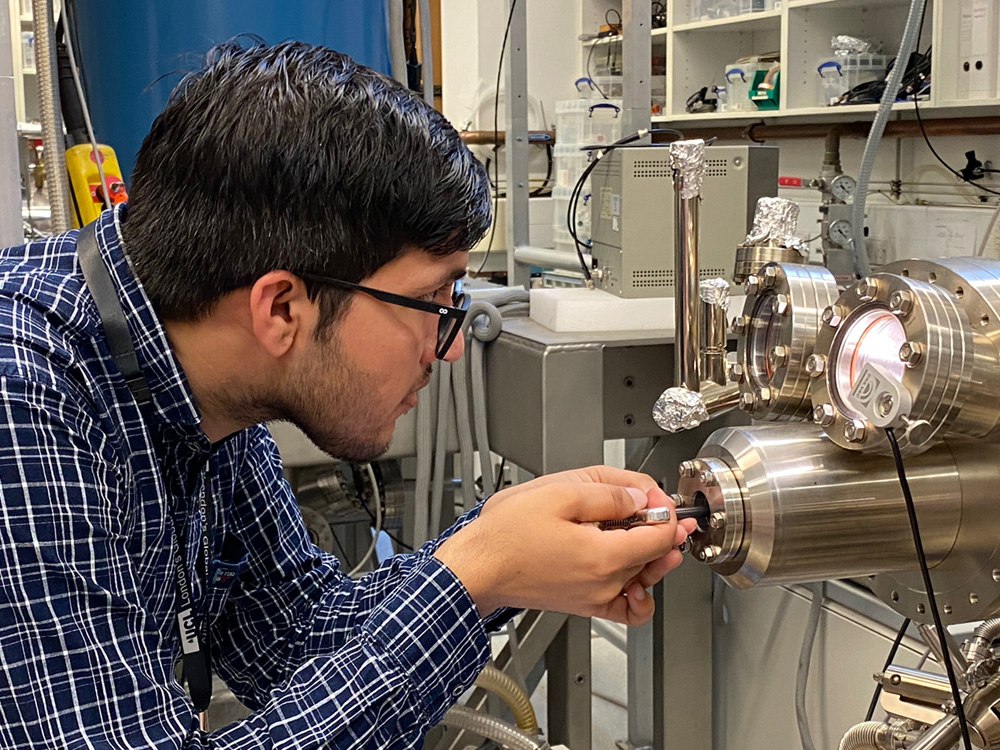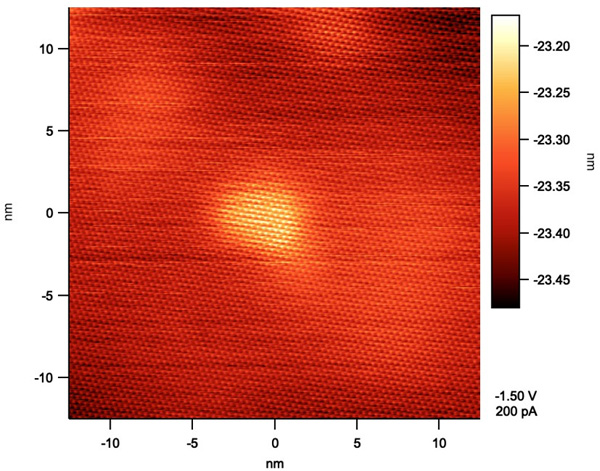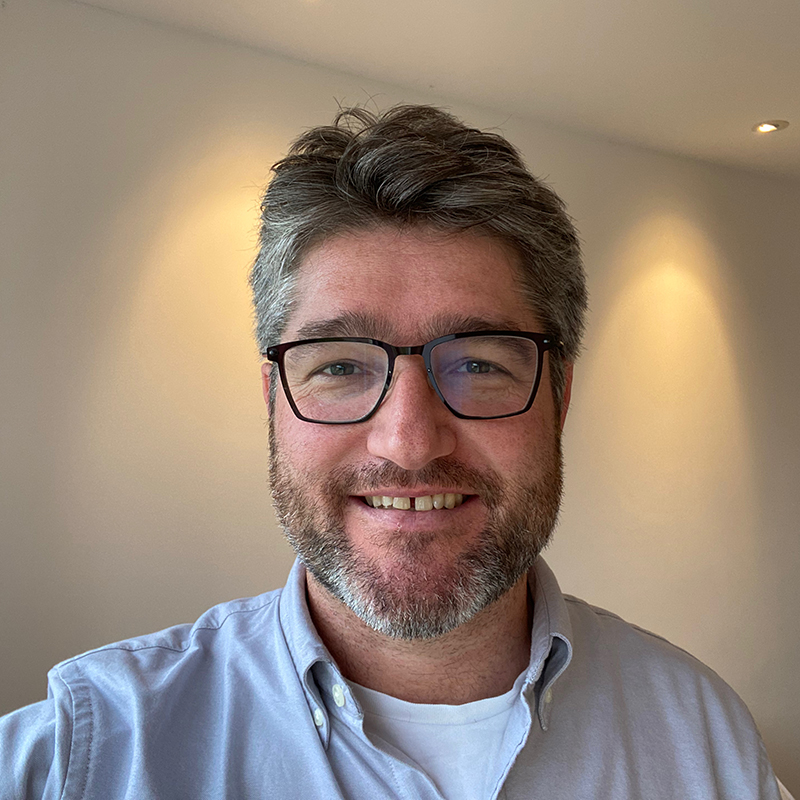A Successful Research Visit from IISc Bangalore
This week marks the end of a six-week visit by Hardeep, a PhD student from Akshay Singh’s group at the Indian Institute of Science (IISc), Bangalore. His visit was supported by a Royal Society International Exchanges grant, with the initial contact made possible through the UCL Global Engagement scheme.
It has been a pleasure hosting Hardeep in our lab. During his visit, he learned to operate most aspects of our ultrahigh-vacuum scanning tunnelling microscope (UHV-STM) and the associated equipment. Despite being new to these techniques, his enthusiasm and experience as a third-year PhD student at IISc soon made him a positive role model for our two new students. Over the course of his visit, he mastered the operation of the UHV-STM and even helped troubleshoot the system when the occasion arose.
Hardeep brought to our lab valuable knowledge and skills related to the preparation of 2D materials for optical measurements, and he will leave with an entirely new skill set in preparing samples for ultrahigh-vacuum conditions and performing atomic-scale measurements with STM. The knowledge exchange facilitated by his visit extends beyond sample preparation—the initial stages of analysing the data he obtained have already introduced him to new concepts in condensed matter physics, and it will be exciting to see how this develops as the work of processing, analysing, and interpreting the data continues. Hardeep also participated actively in our weekly group meetings, giving a talk on his previous research and contributing thoughtfully to discussions on the work of other group members.

The goals of his visit were to investigate defects in molybdenum disulfide (MoS2) and to develop methods for contacting and imaging monolayer flakes of exfoliated two-dimensional materials. We made excellent progress on both fronts, which places Hardeep in a strong position for his return visit to UCL, planned for 2026. During his stay, we successfully imaged bulk MoS2 samples with atomic resolution and investigated defect structures. The resulting data are promising, and the analysis and interpretation will continue collaboratively after Hardeep’s return to Bangalore.
In addition to the STM work, Hardeep received training to access several of our other laboratories, including facilities for optical microscopy—equipment similar to what he regularly uses at IISc. These complementary techniques allow us to study our samples across vastly different length scales, from optical to atomic resolution. Through this combined work, we are developing the capability to investigate monolayer 2D samples alongside bulk materials, broadening the scope of our joint research. It will be exciting to see how the analysis of our data proceeds over the coming months as we simultaneously develop plans for the measurements we will make during Hardeep’s return visit in 2026.

